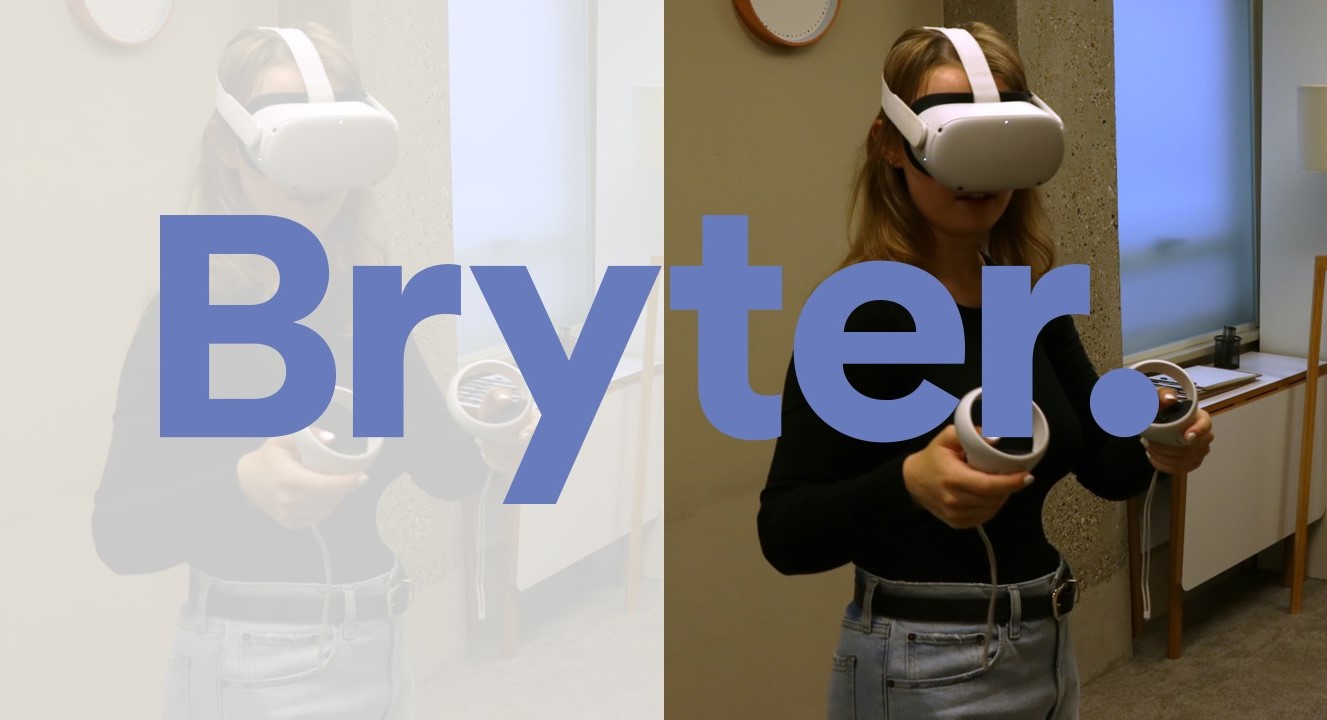Understanding the Importance of Playtesting in Game Development
Playtesting is a critical phase in game development that allows developers to observe real players interacting with their game. It provides invaluable insights into player behavior, preferences, and potential pain points that can be addressed before the final release.
By understanding the importance of playtesting, developers can enhance gameplay, improve user experience, and ultimately create a more polished and engaging product. Developers take a significant risk by not playtesting. Being too close to a project often blinds the dev team to the reality of gameplay experiences for a fresh audience that is new to the IP. Knowing how the game should play leads to errors and poor user experience being missed that would be picked up on my a neutral party. In short, playtest everything. Outlined below are some tips for how to playtest game effectively
Creating Effective Playtest Scenarios to Gather Valuable Feedback
To maximize the benefits of playtesting, developers should create specific scenarios that focus on key aspects of the game. These scenarios should encourage players to explore different mechanics and provide feedback on their experiences.
Effective playtest scenarios not only target particular features but also allow for a range of player interactions, ensuring that feedback is comprehensive and actionable.
Leveraging Diverse Playtester Profiles for Comprehensive Insights
Utilizing a diverse group of playtesters can offer a broader spectrum of insights into how different demographics interact with the game. This diversity can include variations in age, gaming experience, cultural backgrounds, genre familiarity and skill levels. If you only bring in the pro's you won't get a balanced view of how easy or difficult a game is to learn and master.
By incorporating feedback from a wide range of players, developers can identify issues and preferences that might not be evident from a homogenous testing group, leading to a more universally appealing game.
Utilizing Metrics and Analytics to Measure Playtesting Success
In addition to qualitative feedback, developers should employ quantitative metrics to assess playtesting outcomes. Key performance indicators such as completion rates, time spent on tasks, and player engagement levels can reveal patterns in gameplay. Regularly assessing reactions to the game on core metrics such as appeal, desire to continue playing, and perceived difficulty can also help to track engagement over longer play sessions.
By analyzing these metrics alongside player feedback, developers can make informed decisions that enhance game design and user satisfaction.
Give it time
There is no magic formula for how long a playtest should be, but the golden rule is that it should be long enough for the player to be able to familiarize themselves with the controls and mechanics of the game, and then have enough time to spend in the game experiencing the gameplay. Don't be tempted to run a short test becuase its cheaper and you can get more volume. If the tester spends all the time in the session learning how to play the game you will learn nothing and only received speculative or negative feedbackl. Some playtests will need to be longer than others based on other factors like genre. A real time strategy or city builder game will need a longer playtest session than a fighting game if you want the player to get a true feel for what the game is like. Make sure you allow enough time.
Implementing Iterative Design Based on Playtesting Results
The iterative design process is essential in refining a game based on playtesting results. Developers should be prepared to make adjustments and test again, fostering a cycle of continuous improvement.
This approach not only enhances gameplay through player feedback but also helps to build a stronger connection with the player community, as they see their input directly influencing the game's evolution.
Read more
If you want to learn more about playtesting read (much) more here.
If you want to learn more about how market research and insights support game developers read our 'ultimate guide to market research for video game developers'




